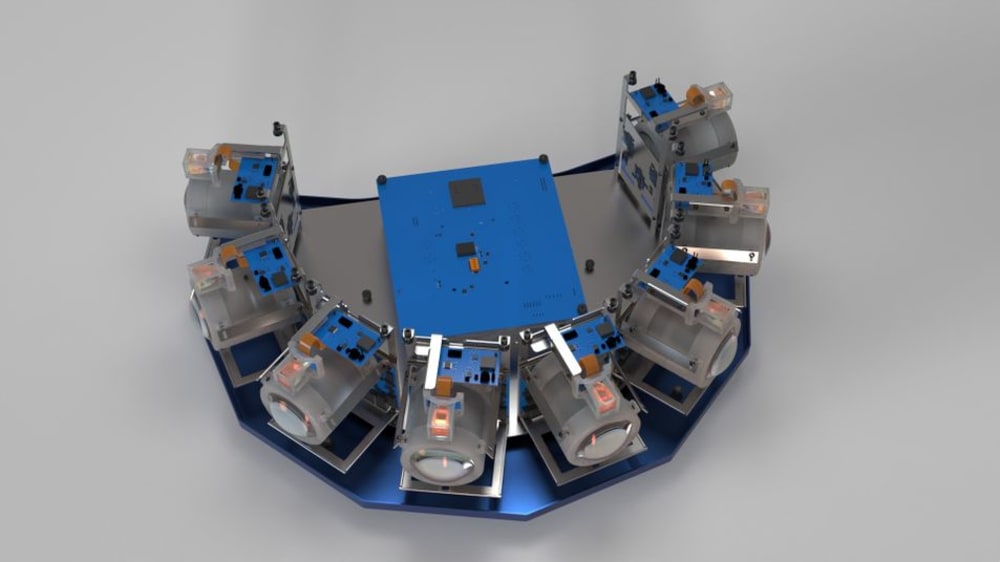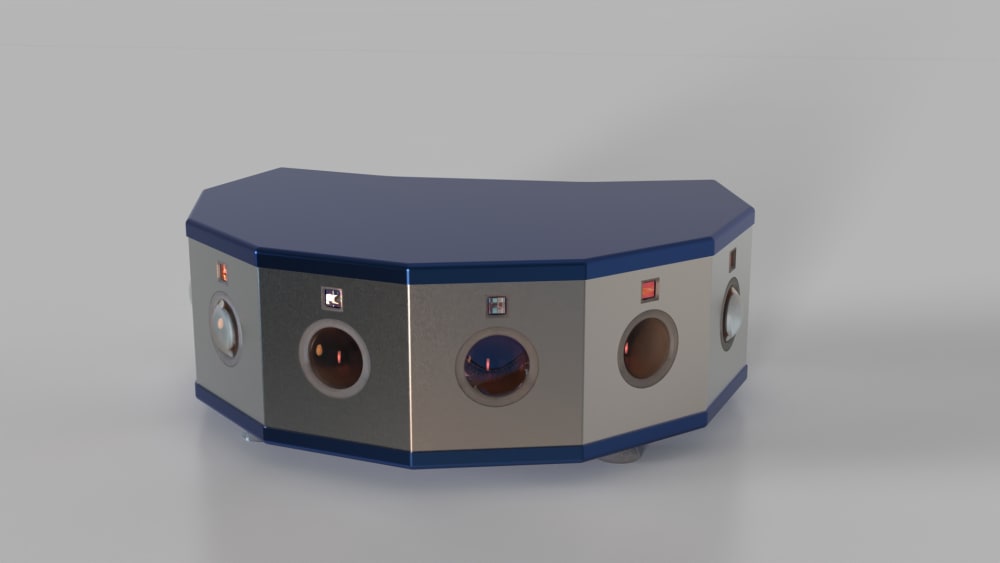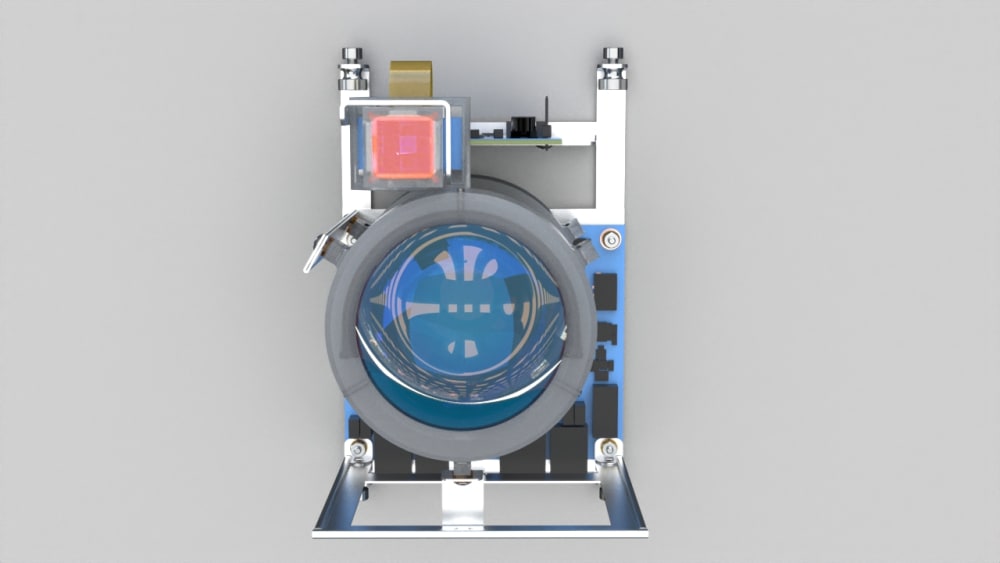
Using a new FAST LiDAR system with no moving parts, the first of its kind, very fast moving debris can be tracked, identified by material composition, and eventually mitigated by robotics systems employing magnetics and forceps. The complete system will integrate with current technology available in use.
The FAST LiDAR keeps complexity to a minimum on its self contained platform. Multiple wavelengths are capable of covering from the UV to SWIR of the light spectrum, with data collected in one photoelectric. Optics can be customized for the task of close, 10cm, to long distance, up to 2000m. Further design enables the FAST LiDAR to meet SWaP requirements for easy installation and flight in a RAD Hardened payload. Utilizing up to 500 lasers gives the FAST LiDAR high dynamic range and speeds faster than most global Shutter image sensors currently on the market. The FAST LiDAR has movement identification, so that it keys on movement, similar to the human when the eye detects peripheral movement and targets that object.
As shown in the images supplied, the LiDAR system is made up of several LiDAR's in an array that spans 230°, with overlap. The central processing unit handles all data from all LiDAR's in real time, in bidirectional communication. This configuration an be expanded to 360° or reduced to a single LiDAR, reduced further to a handheld size about that of a cigarette pack.
Future considerations are for noninvasive Diabetes, Surgery, Perfusion, Sympathectomy Radial & Digital Artery Surgery for severe Raynauds and severe damage to hands and wrist.
-
Awards
-
 2022 Top 100 Entries
2022 Top 100 Entries
Like this entry?
-
About the Entrant
- Name:Kevin Busto
- Type of entry:individual
- Software used for this entry:Solidworks
- Patent status:pending








